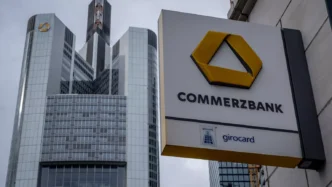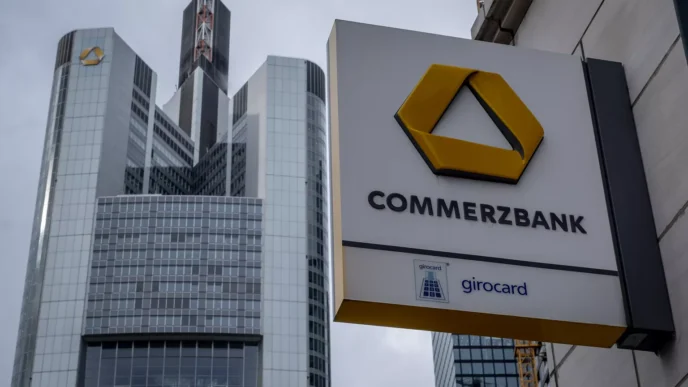The stock market experienced a notable surge as Palantir Technologies reported strong quarterly earnings, exceeding analyst expectations and boosting investor confidence. However, this optimism was tempered by a stark warning from Goldman Sachs, which cautioned that the U.S. economy may be nearing a critical juncture known as “stall speed” — a phase where economic activity slows to a point that triggers a self-reinforcing cycle of weakness.
Palantir’s Earnings Boost Market Sentiment
Palantir, a leading data analytics and software company, beat revenue and earnings estimates for the recent quarter. The company’s performance highlighted strong demand for its artificial intelligence-driven data platforms, especially from government and commercial clients. Following the earnings release, Palantir’s stock jumped significantly, helping to lift broader market indices.
Investors viewed the results as a positive sign amid ongoing concerns about economic growth, signaling that sectors tied to technology and AI remain resilient despite macroeconomic headwinds.
What Is ‘Stall Speed’?
While Palantir’s earnings provided a temporary lift, Goldman Sachs’ economists sounded an alarm about the broader U.S. economic landscape. The term “stall speed” refers to the point at which economic growth slows down so much that it weakens itself through a feedback loop of declining consumer spending, reduced business investments, and tightened credit conditions.
At stall speed, economic activity does not outright contract but hovers dangerously close to stagnation, increasing the risk of slipping into recession. The self-reinforcing nature of this phase means that small shocks can magnify, making recovery more difficult without external intervention.
Indicators Pointing to Slowdown
Goldman’s analysis cites several warning signs:
- Slowing Consumer Spending: Household expenditures, which make up more than two-thirds of U.S. GDP, are showing signs of fatigue amid inflationary pressures and rising interest rates.
- Weakened Business Investment: Uncertainty around global trade, higher borrowing costs, and cautious corporate outlooks have led companies to delay or reduce capital expenditures.
- Credit Tightening: Banks are becoming more selective in lending, especially to riskier borrowers, further constraining economic activity.
- Labor Market Signals: Although unemployment remains low, some sectors are reporting slower job growth, suggesting a softening in labor demand.
Market Implications and Policy Outlook
The juxtaposition of strong corporate earnings like Palantir’s and Goldman’s warning illustrates the complex and uneven nature of the current economic environment. For investors, it signals the need for caution: pockets of strength coexist with systemic risks.
Policymakers, including the Federal Reserve, face a delicate balancing act. On one hand, they must manage inflation and avoid overheating; on the other, they need to prevent the economy from stalling and slipping into recession.
Conclusion
The recent market rally fueled by Palantir’s earnings is a bright spot in a landscape shadowed by caution. Goldman Sachs’ warning about approaching stall speed serves as a reminder that the U.S. economy is navigating precarious territory, where growth could slow to a self-reinforcing decline without careful management.
Investors and policymakers alike will be watching key economic indicators closely in the coming months to gauge whether the economy can sustain momentum or if stall speed will give way to a broader downturn.
















